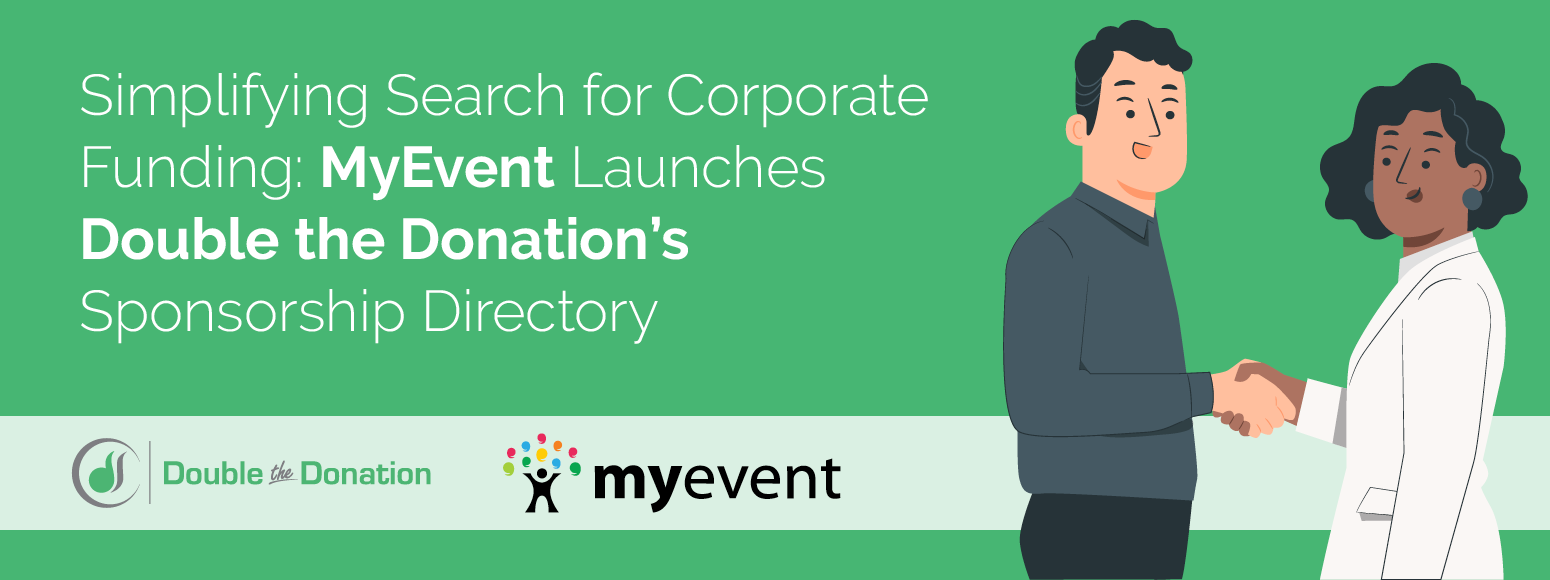
Simplifying Search for Corporate Funding: MyEvent Launches Double the Donation’s Sponsorship Directory
Double the Donation and MyEvent are excited to announce their…
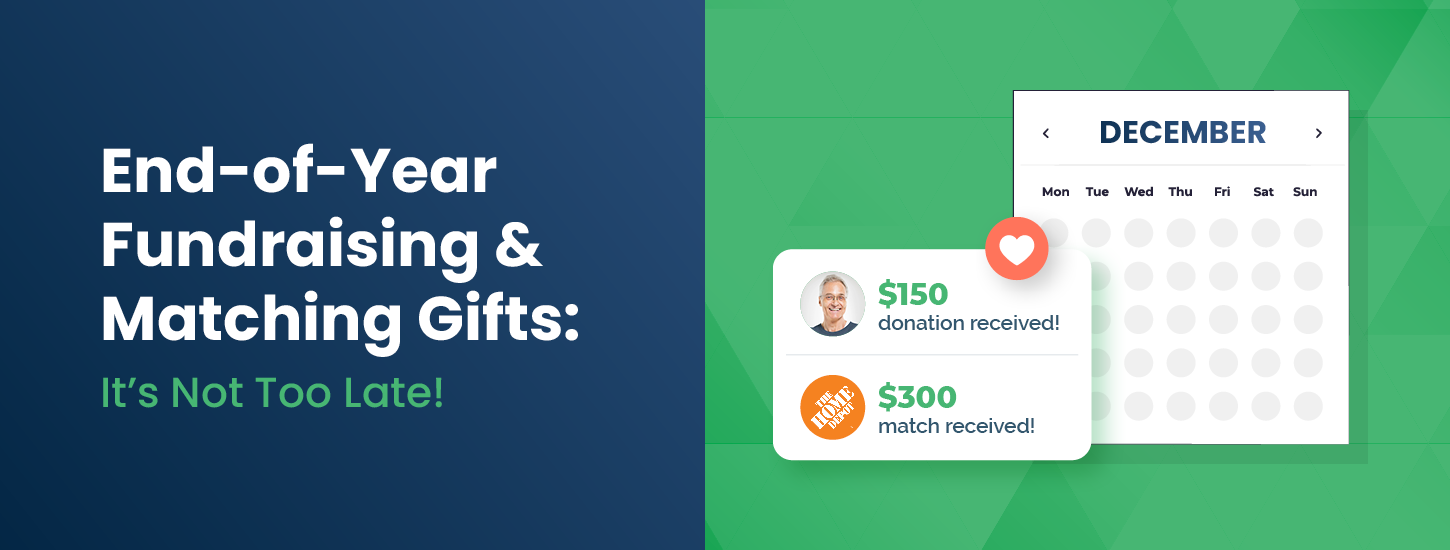 https://doublethedonation.com/wp-content/uploads/2025/09/Year-End-Fundraising-and-Matching-Gifts_Feature.png
550
1450
Adam Weinger
https://doublethedonation.com/wp-content/uploads/2025/11/DTD-horizontal-logo-300x63.png
Adam Weinger2025-09-25 14:28:582025-11-21 07:38:44Year-End Fundraising and Matching Gifts: It’s Not Too Late!
https://doublethedonation.com/wp-content/uploads/2025/09/Year-End-Fundraising-and-Matching-Gifts_Feature.png
550
1450
Adam Weinger
https://doublethedonation.com/wp-content/uploads/2025/11/DTD-horizontal-logo-300x63.png
Adam Weinger2025-09-25 14:28:582025-11-21 07:38:44Year-End Fundraising and Matching Gifts: It’s Not Too Late!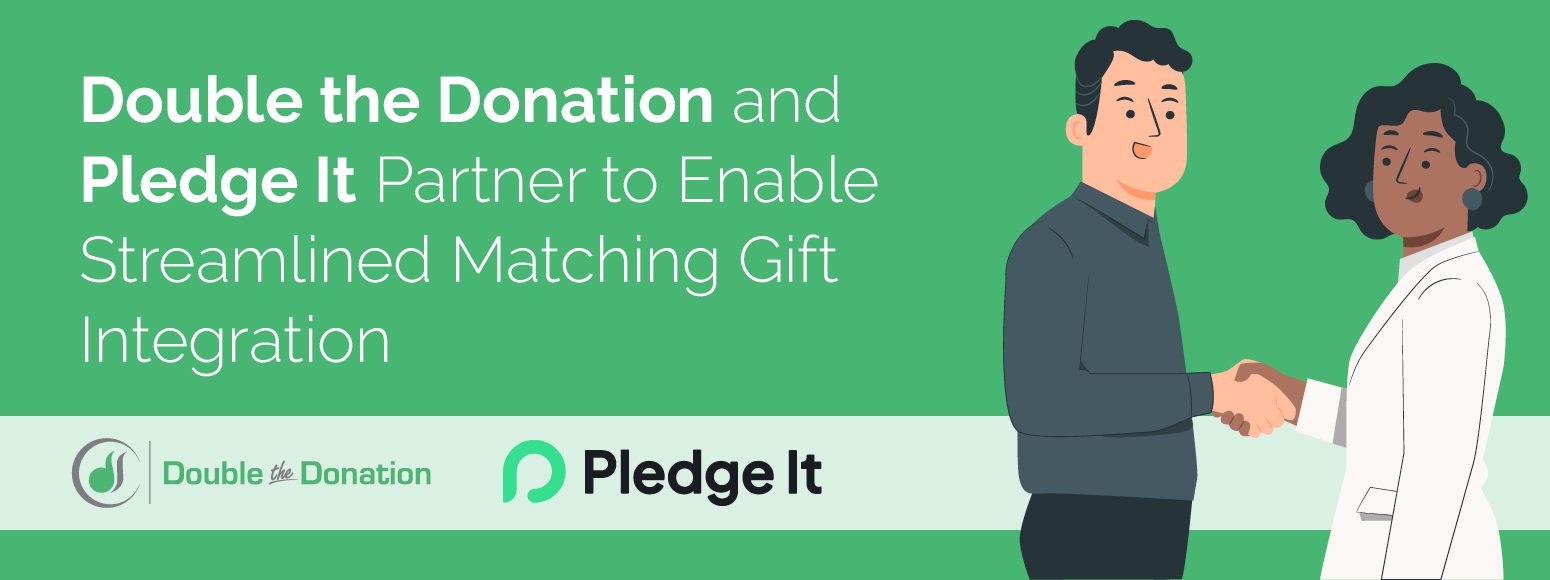
Double the Donation and Pledge It Partner to Enable Streamlined Matching Gift Integration
Double the Donation and Pledge It are thrilled to announce their…
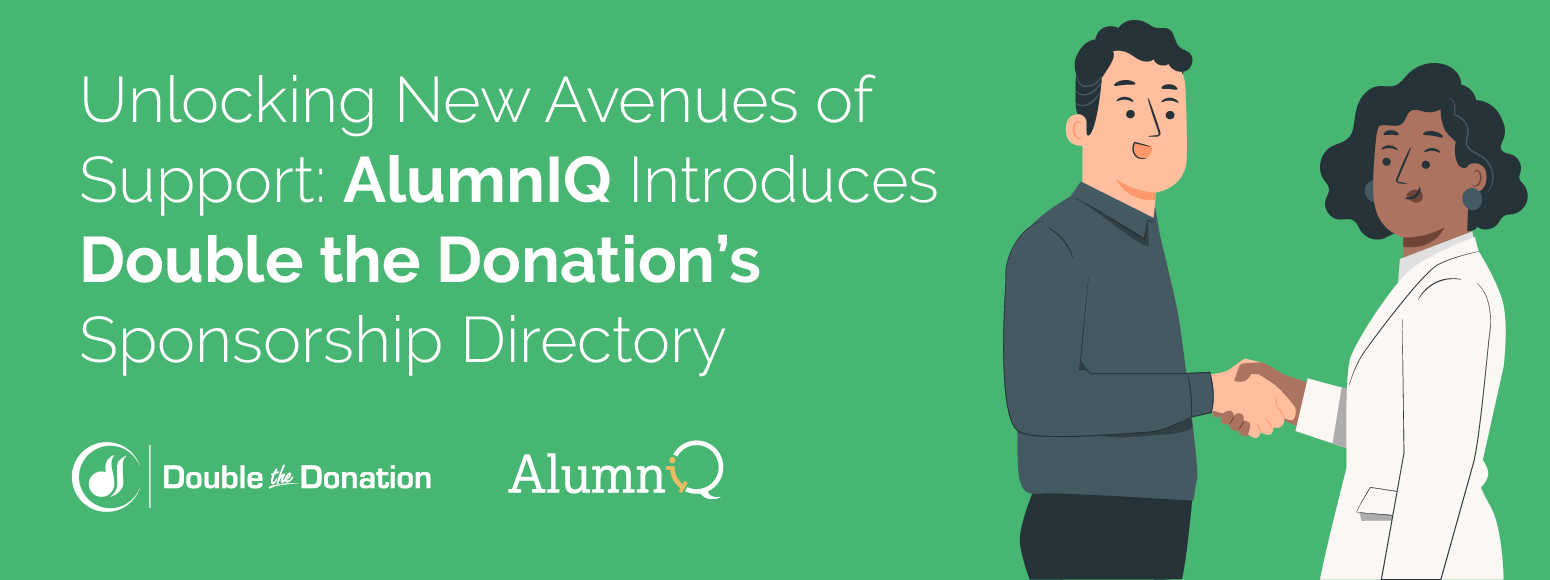
Unlocking New Avenues of Support: AlumnIQ Introduces Double the Donation’s Sponsorship Directory
AlumnIQ and Double the Donation are excited to share the next…
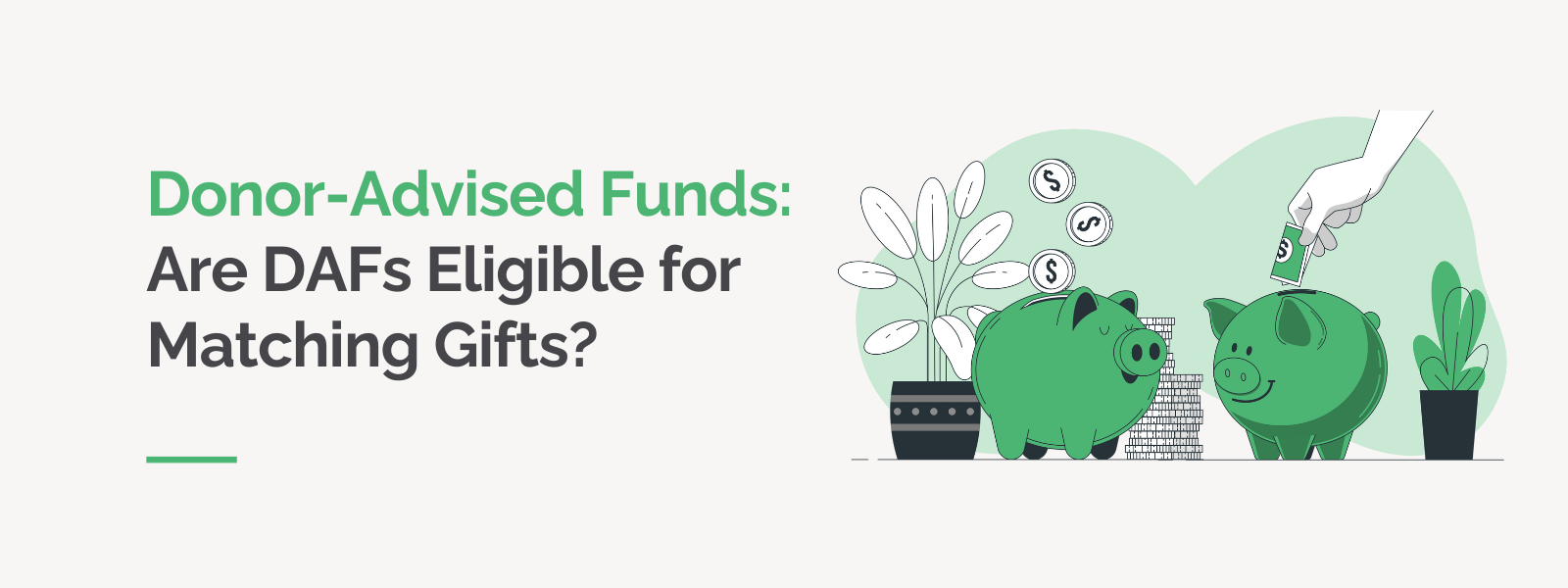 https://doublethedonation.com/wp-content/uploads/2013/08/DTD_Donor-Advised-Funds-Are-DAFs-Eligible-for-Matching-Gifts_Feature.png
600
1600
Adam Weinger
https://doublethedonation.com/wp-content/uploads/2025/11/DTD-horizontal-logo-300x63.png
Adam Weinger2025-09-16 01:12:312025-11-20 15:20:18Donor-Advised Funds: Are DAFs Eligible for Matching Gifts?
https://doublethedonation.com/wp-content/uploads/2013/08/DTD_Donor-Advised-Funds-Are-DAFs-Eligible-for-Matching-Gifts_Feature.png
600
1600
Adam Weinger
https://doublethedonation.com/wp-content/uploads/2025/11/DTD-horizontal-logo-300x63.png
Adam Weinger2025-09-16 01:12:312025-11-20 15:20:18Donor-Advised Funds: Are DAFs Eligible for Matching Gifts?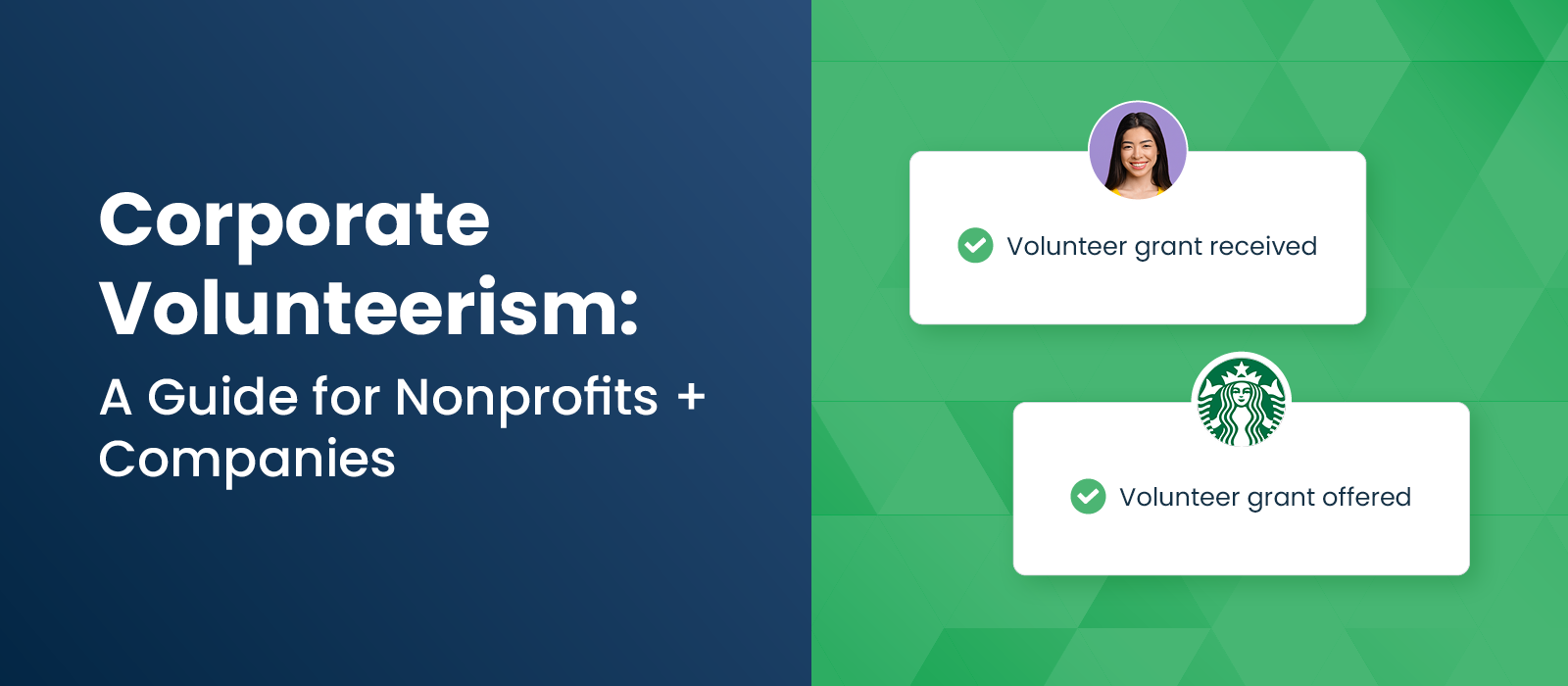 https://doublethedonation.com/wp-content/uploads/2025/09/DTD_Corporate-Volunteerism-A-Guide-for-Nonprofits-Companies_Feature-1.png
700
1600
Adam Weinger
https://doublethedonation.com/wp-content/uploads/2025/11/DTD-horizontal-logo-300x63.png
Adam Weinger2025-09-15 14:56:592025-11-20 15:05:11Corporate Volunteerism: A Guide for Nonprofits + Companies
https://doublethedonation.com/wp-content/uploads/2025/09/DTD_Corporate-Volunteerism-A-Guide-for-Nonprofits-Companies_Feature-1.png
700
1600
Adam Weinger
https://doublethedonation.com/wp-content/uploads/2025/11/DTD-horizontal-logo-300x63.png
Adam Weinger2025-09-15 14:56:592025-11-20 15:05:11Corporate Volunteerism: A Guide for Nonprofits + Companies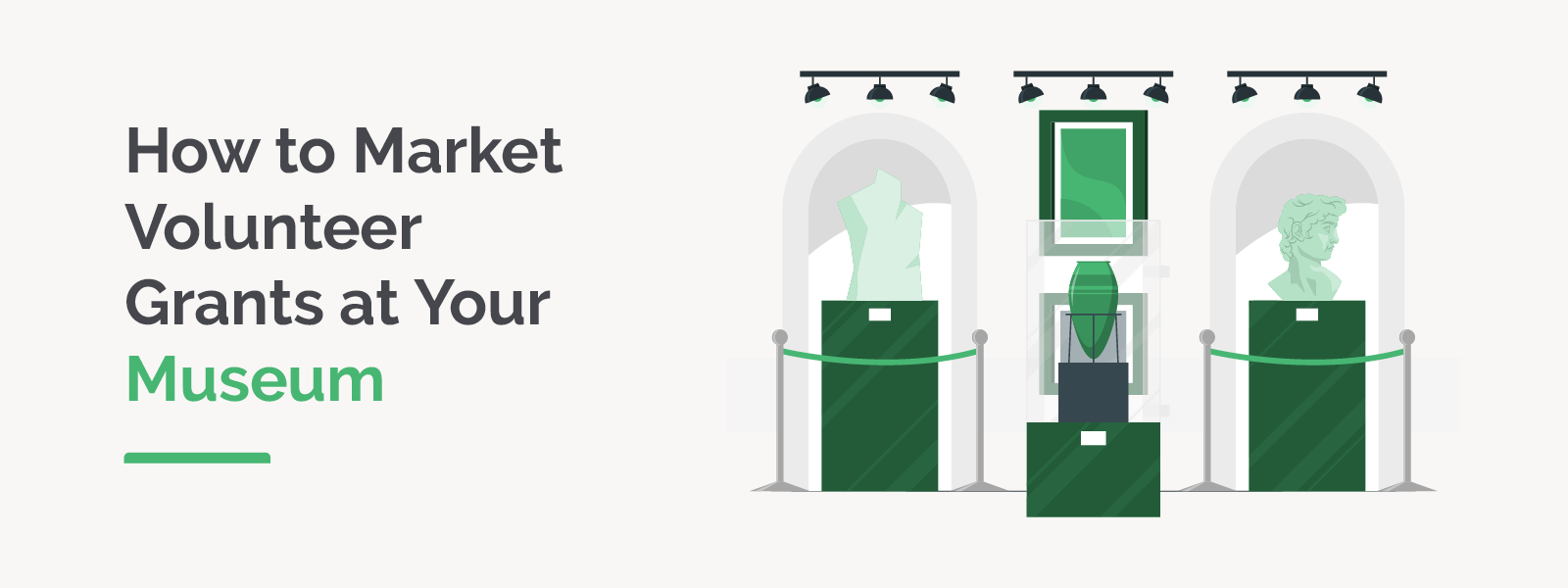
How to Market Volunteer Grants at Your Museum
Volunteer grants represent a significant opportunity for museums…

How to Market Volunteer Grants at Your University
Universities play a pivotal role in shaping the future by fostering…
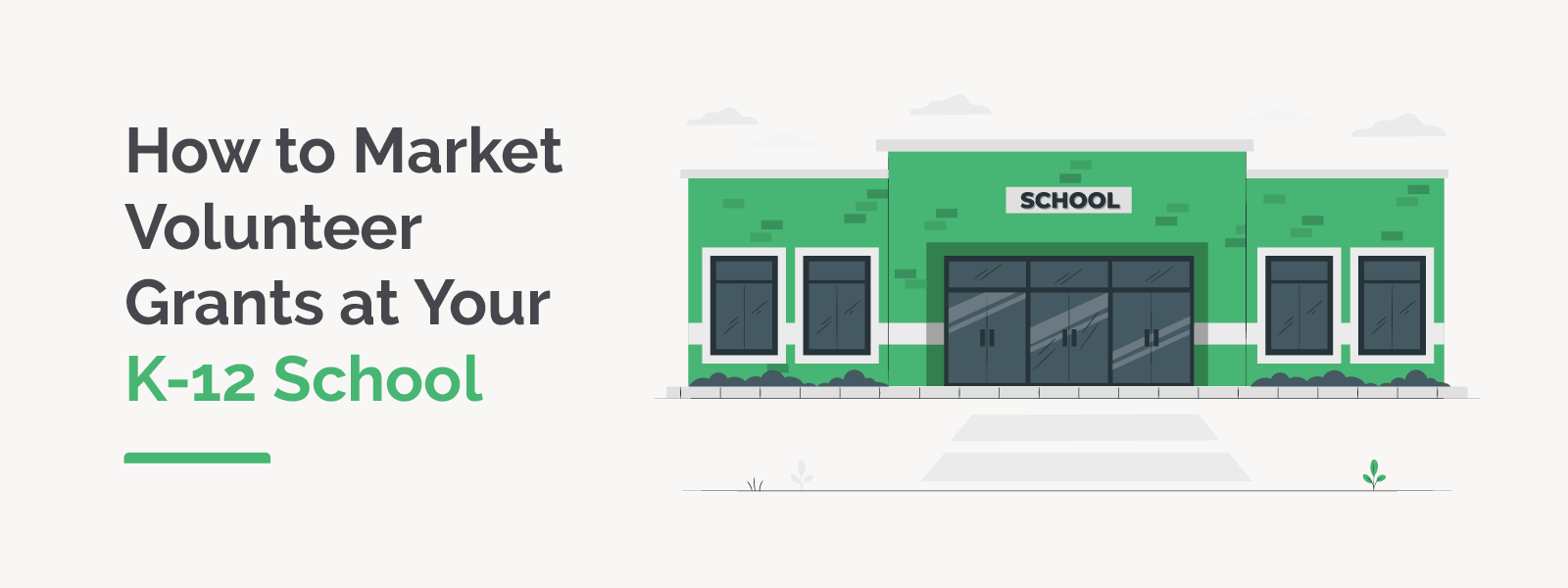
How to Market Volunteer Grants at Your K-12 School
Volunteer grants represent a significant opportunity for K-12…
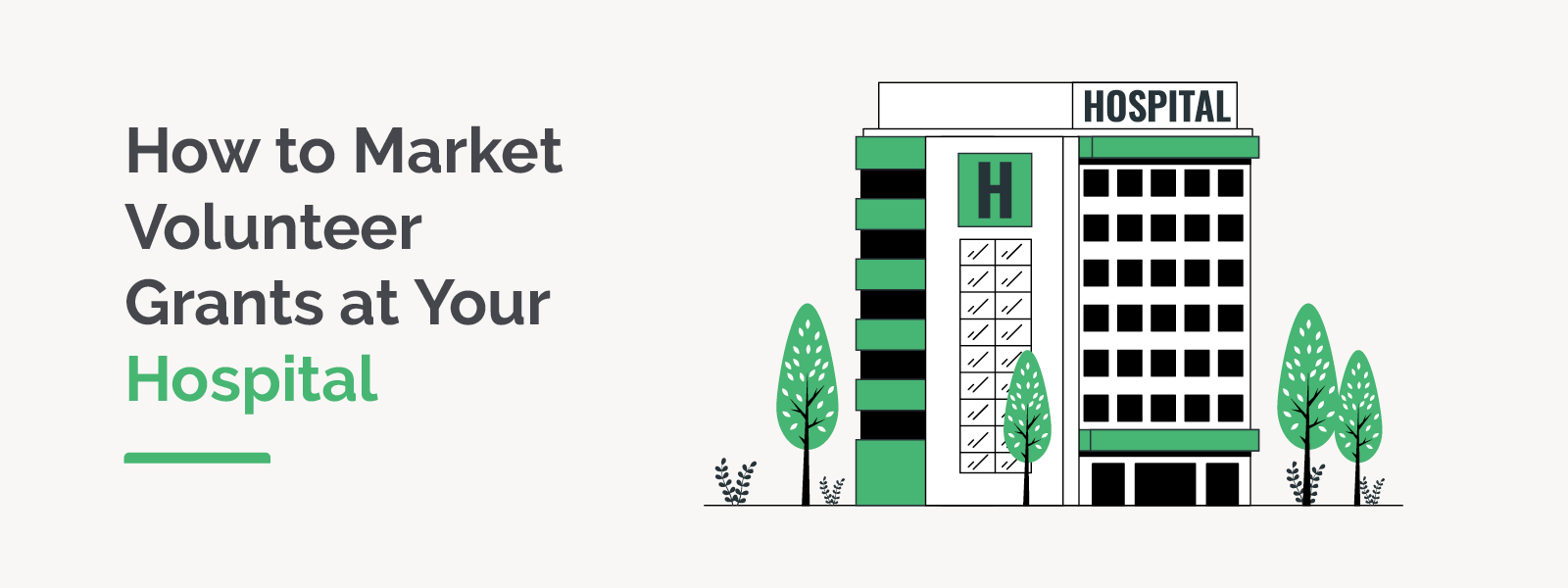
How to Market Volunteer Grants at Your Hospital
Hospitals play a critical role in community health and well-being,…

